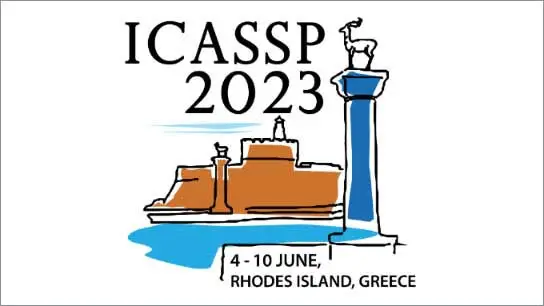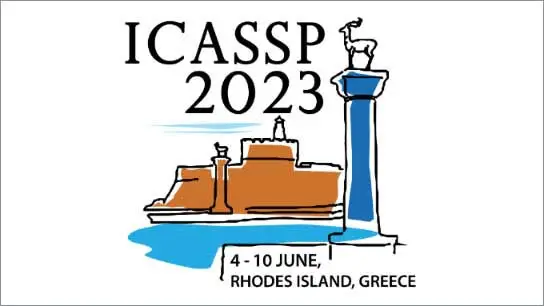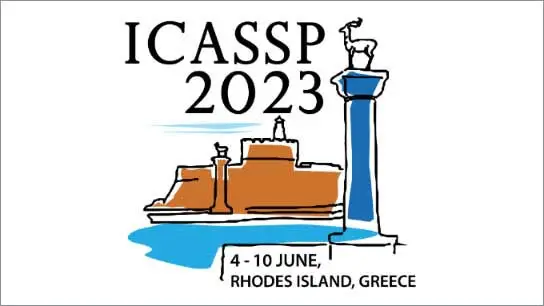Comparative Study of IRS Assisted Opportunistic Communications Over i.i.d. and LoS Channels
L Yashvanth (Indian Institute of Science, Bangalore); Chandra Murthy (Indian Institute of Science)
-
Members: FreeSPS
IEEE Members: $11.00
Non-members: $15.00
07 Jun 2023
In this paper, we consider intelligent reflecting surface (IRS) assisted opportunistic communications (OC), and present a comparative analysis of the system throughput over independent and identically distributed (i.i.d.) and line-of-sight (LoS) channels. In the system we consider, the phase configuration of an N-element IRS is set randomly and independently over time. Then, with high probability, at least one of the K users in the system will see an effective channel with IRS that is close to the beamforming configuration. The BS opportunistically schedules this user for data transmission, thereby avoiding deep fade events. We analyze the convergence rate of the opportunistic throughput to the beamforming throughput as a function of N and K, and derive the rate scaling laws in both i.i.d. and LoS channels. We show that i.i.d. channels require a much larger K compared to LoS channels in order to achieve a performance comparable to the beamforming configuration. Further, the average SNR of the scheduled user under i.i.d. channels scales as O(N), while that under LoS channels scales as O(N^2). We corroborate our analysis, and provide interesting insights, via numerical simulations.



